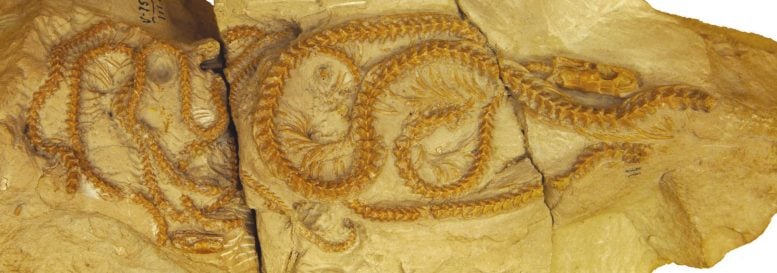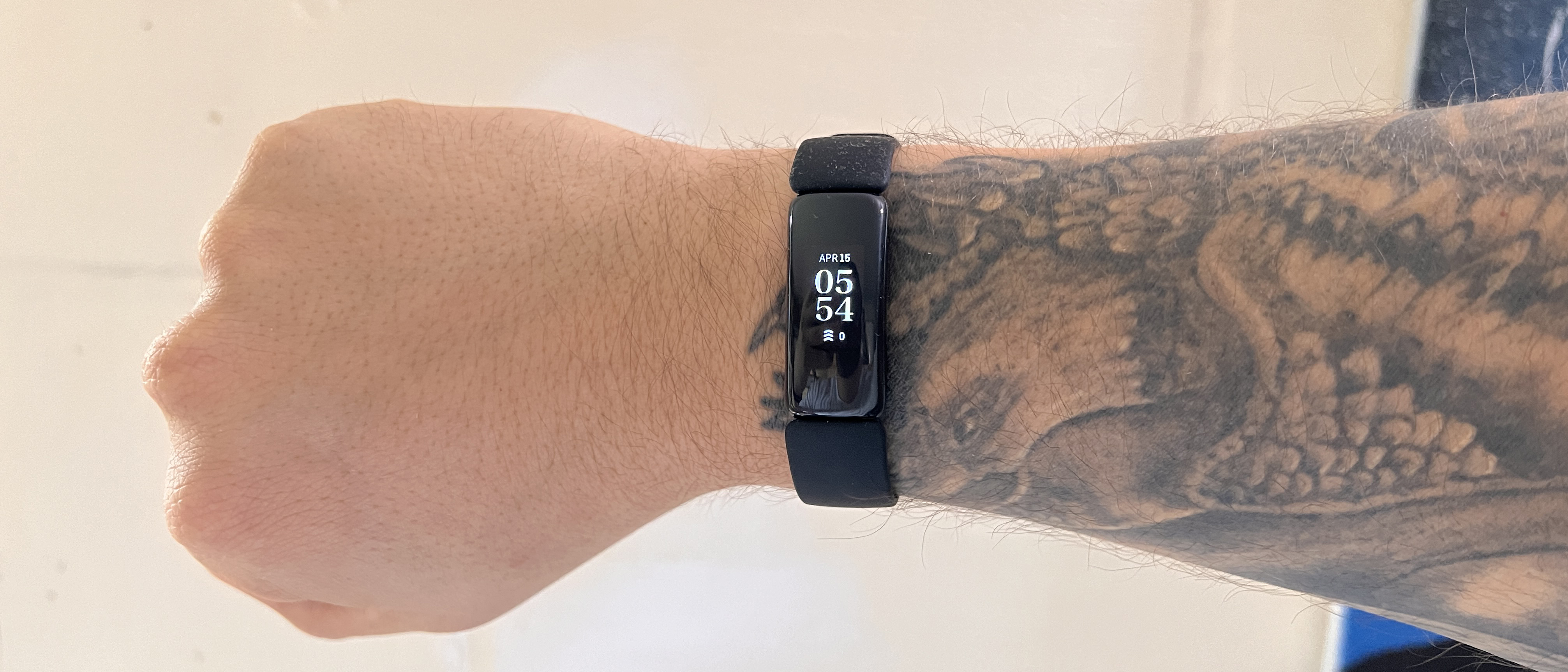
Ancient snakes have been unearthed, shedding light on the continent’s slithering past.
A newly discovered fossil snake species in Wyoming is transforming our understanding of snake evolution. Unearthed from a burrow where four well-preserved specimens were found intertwined, this species, named Hibernophis breithaupti, lived in North America 34 million years ago. This discovery provides valuable insights into the origins and diversification of boas and pythons.
Hibernophis breithaupti has unique anatomical features, in part because the specimens are articulated—meaning they were found all in one piece with the bones still arranged in the proper order—which is unusual for fossil snakes. Researchers believe it may be an early member of Booidea, a group that includes modern boas and pythons. Modern boas are widespread in the Americas, but their early evolution is not well understood. These new and very complete fossils add important new information, in particular, on the evolution of small, burrowing boas known as rubber boas.
Behavioral Insights and Historical Significance
Traditionally, there has been much debate on the evolution of small burrowing boas. Hibernophis breithaupti shows that northern and more central parts of North America might have been a key hub for their development. The discovery of these snakes curled together also hints at the oldest potential evidence for a behavior familiar to us today—hibernation in groups.
“Modern garter snakes are famous for gathering by the thousands to hibernate together in dens and burrows,” says Michael Caldwell, a U of A paleontologist who co-led the research along with his former graduate student Jasmine Croghan, and collaborators from Australia and Brazil. “They do this to conserve heat through the effect created by the ball of hibernating animals. It’s fascinating to see possible evidence of such social behavior or hibernation dating back 34 million years.”
Reference: “Morphology and systematics of a new fossil snake from the early Rupelian (Oligocene) White River Formation, Wyoming” by Jasmine A Croghan, Alessandro Palci, Silvio Onary, Michael S Y Lee and Michael W Caldwell, 19 June 2024, Zoological Journal of the Linnean Society.
DOI: 10.1093/zoolinnean/zlae073
Note: This article have been indexed to our site. We do not claim legitimacy, ownership or copyright of any of the content above. To see the article at original source Click Here













